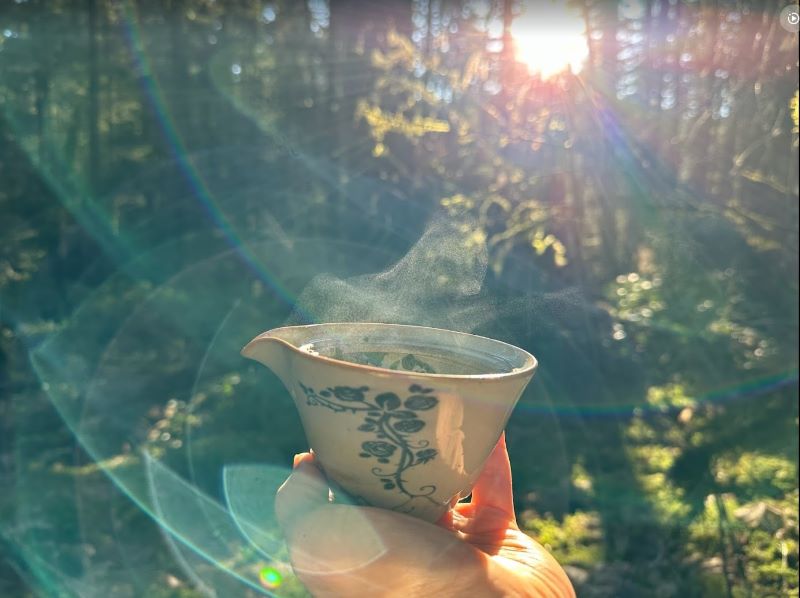
Sometimes we get asked if you can make shots of maccha in advance to speed up efficiency behind the bar, especially for feature drinks. If this is something you can justify for your espresso program (pulling a bunch of shots into a syrup bottle) then perhaps you could do so for your maccha program. We choose not to do so for the same reason many choose not to for espresso: oxidation.
When maccha is milled, it is milled to a screen size less than 10 microns. This means that there is more surface area exposed to oxidation than even espresso, and the umami and nose quickly degrade (in a few minutes). Also, it does not dissolve like sugar or salt in solution, staying what we call “suspended particulate”, which forms a sludge at the bottom that needs to be shaken to physically emulsify before each drink, easily making for inconsistencies. It quickly loses its vibrancy when stored this way and the colour suffers as well, going from vibrant green to something more brownish and dull. As somewhat of another parallel, We have seen cafes that pre grind their shots before a big rush, but have always thought of this as a less than ideal solution.
There are more successful strategies we have seen for building in efficiencies. Predosing into 2g jars carefully hidden from light is a great way to speed things up. Having 2 scales, 2 bowls, 2 sieves, 2 spoons can help make more shots side by side. If your feature drink involves lemon and simple syrup, consider premaking the syrup component. We have also seen some cafes control the water temperature to the required 60~65 C for the maccha via their hot water dispenser from the espresso machine, which they can also, depending on the machine, control the dose of water for hitting that faster speed ideal.
There are many ways to make your maccha taste bad, and there are many ways to make it taste good. Stay cognizant of the 2g dose of tea, the 65 C water temperature, 15 seconds of agitation and the dose of water (30ml is ideal for most milk drinks). Making it fresh is so much more ideal for flavour. Solutions for building in efficiencies need not sacrifice the umami, nose, colour and flavour. Very curious what folks out there are doing for increasing efficiency while protecting their maccha. 🙂
Share this article
Search the blog
JagaSilk Links
Article Categories
Subscribe to our Newsletter
Love maccha? Sign up and get 10% off your first order. You'll also receive new articles and video content!



